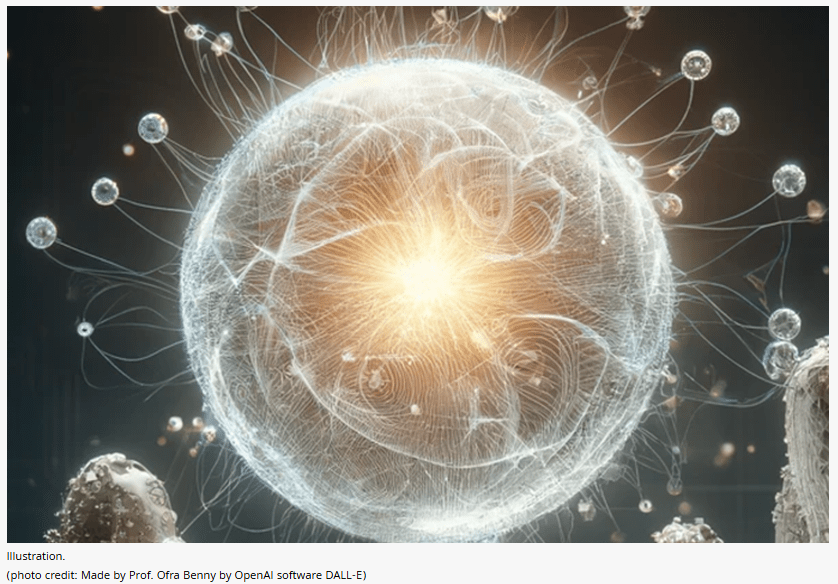Another step in the battle against cancer has been accomplished by researchers from the Hebrew University of Jerusalem (HU). They have introduced a novel method that combines nano informatics and machine learning to precisely predict cancer-cell behaviors.
“Our method is unique in its ability to distinguish between cancer cells that appear identical but behave differently at a biological level,” Goldstein said. “This precision is achieved through algorithmic analysis of how micro and nanoparticles are absorbed by cells. Being able to collect and analyze new types of data raises new possibilities for the field, with the potential to revolutionize clinical treatment and diagnosis through the development of new tools.”The research has paved the way for new types of clinical tests that could significantly impact patient care, the researchers said in their study.
Lacking accuracy and efficiency
Current tools for predicting and detecting cancer often lack accuracy and efficiency. Traditional methods such as imaging scans and tissue biopsies can be invasive, costly, and time-consuming, leading to delays in treatment and potential misdiagnoses.



